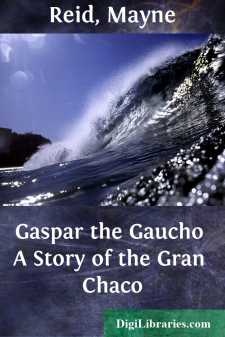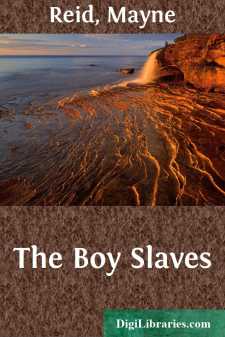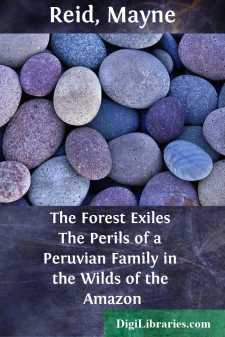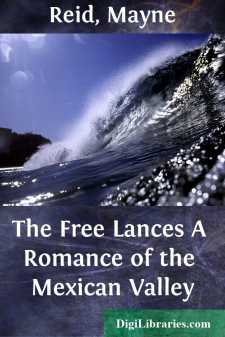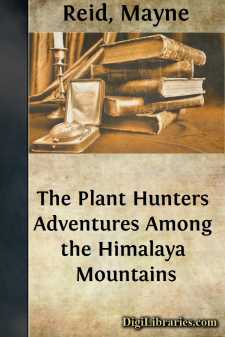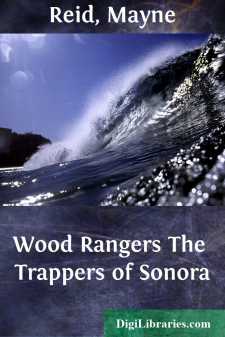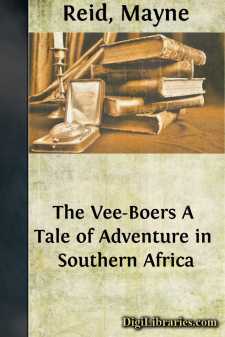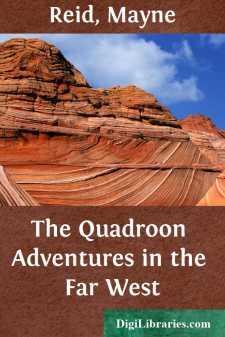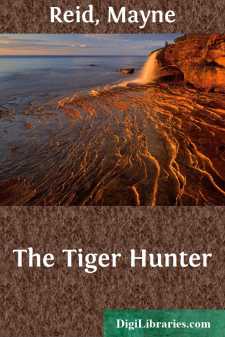Categories
- Antiques & Collectibles 13
- Architecture 36
- Art 48
- Bibles 22
- Biography & Autobiography 813
- Body, Mind & Spirit 142
- Business & Economics 28
- Children's Books 17
- Children's Fiction 14
- Computers 4
- Cooking 94
- Crafts & Hobbies 4
- Drama 346
- Education 46
- Family & Relationships 57
- Fiction 11829
- Games 19
- Gardening 17
- Health & Fitness 34
- History 1377
- House & Home 1
- Humor 147
- Juvenile Fiction 1873
- Juvenile Nonfiction 202
- Language Arts & Disciplines 88
- Law 16
- Literary Collections 686
- Literary Criticism 179
- Mathematics 13
- Medical 41
- Music 40
- Nature 179
- Non-Classifiable 1768
- Performing Arts 7
- Periodicals 1453
- Philosophy 64
- Photography 2
- Poetry 896
- Political Science 203
- Psychology 42
- Reference 154
- Religion 513
- Science 126
- Self-Help 84
- Social Science 81
- Sports & Recreation 34
- Study Aids 3
- Technology & Engineering 59
- Transportation 23
- Travel 463
- True Crime 29
Gaspar the Gaucho A Story of the Gran Chaco
by: Mayne Reid
Categories:
Description:
Excerpt
The Gran Chaco.
Spread before you a map of South America. Fix your eye on the point of confluence between two of its great rivers—the Salado, which runs south-easterly from the Andes mountains, and the Parana coming from the north; carry your glance up the former to the town of Salta, in the ancient province of Tucuman; do likewise with the latter to the point where it espouses the Paraguay; then up this to the Brazilian frontier fort of Coimbra; finally draw a line from the fort to the aforementioned town—a line slightly curved with its convexity towards the Cordillera of the Andes—and you will thus have traced a boundary embracing one of the least known, yet most interesting, tracts of territory in either continent of America, or, for that matter, in the world. Within the limits detailed lies a region romantic in its past as mysterious in its present; at this hour almost as much a terra incognita as when the boats of Mendoza vainly endeavoured to reach it from the Atlantic side, and the gold-seekers of Pizarro’s following alike unsuccessfully attempted its exploration from the Pacific. Young reader, you will be longing to know the name of this remarkable region; know it, then, as the “Gran Chaco.”
No doubt you may have heard of it before, and, if a diligent student of geography, made some acquaintance with its character. But your knowledge of it must needs be limited, even though it were as extensive as that possessed by the people who dwell upon its borders; for to them the Gran Chaco is a thing of fear, and their intercourse with it one which has brought them, and still brings, only suffering and sorrow.
It has been generally supposed that the Spaniards of Columbus’s time subdued the entire territory of America, and held sway over its red-skinned aborigines. This is a historical misconception. Although lured by a love of gold, conjoined with a spirit of religious propagandism, the so-called Conquistadores overran a large portion of both divisions of the continent, there were yet extensive tracts of each never entered, much less colonised, by them—territories many times larger than England, in which they never dared set foot. Of such were Navajoa in the north, the country of the gallant Goajiros in the centre, the lands of Patagonia and Arauco in the south, and notably the territory lying between the Cordilleras of the Peruvian Andes and the rivers Parana and Paraguay, designated “El Gran Chaco.”
This vast expanse of champaign, large enough for an empire, remains to the present time not only uncolonised, but absolutely unexplored. For the half-dozen expeditions that have attempted its exploration, timidly entering and as hastily abandoning it, scarce merit consideration.
And equally unsuccessful have been all efforts at religious propagandism within its borders. The labours of the padres, both Jesuit and Franciscan, have alike signally failed; the savages of the Chaco refusing obedience to the cross as submission to the sword.
Three large rivers—the Salado, Vermejo, and Pilcomayo—course through the territory of the Chaco; the first forming its southern boundary, the others intersecting it....


